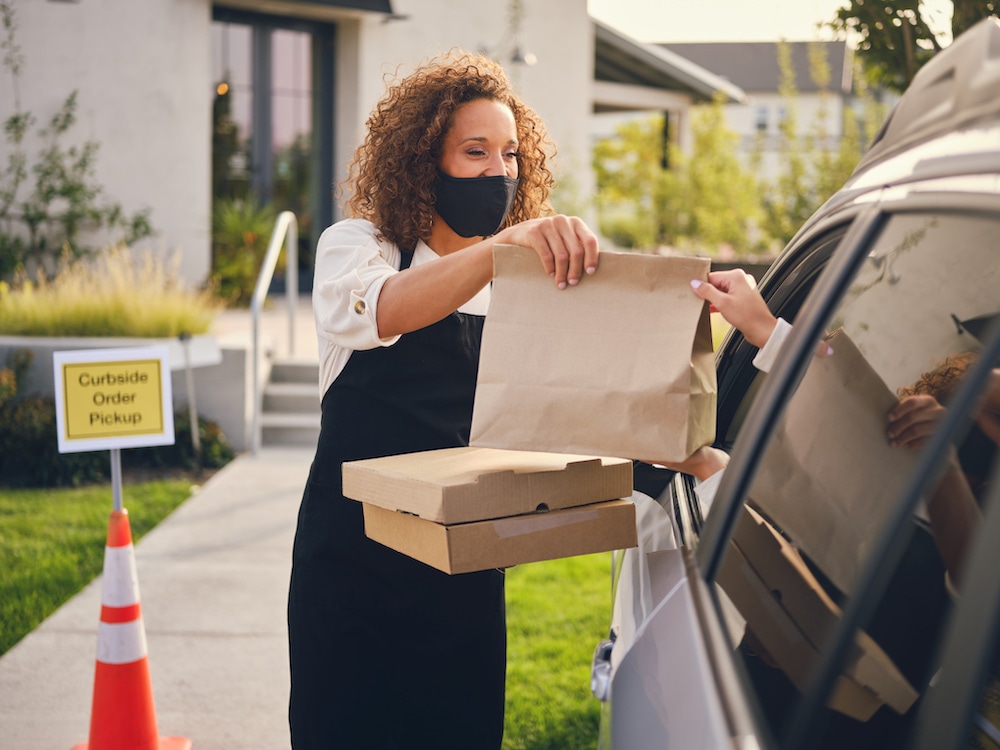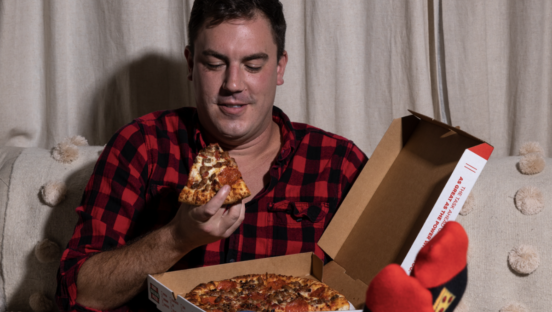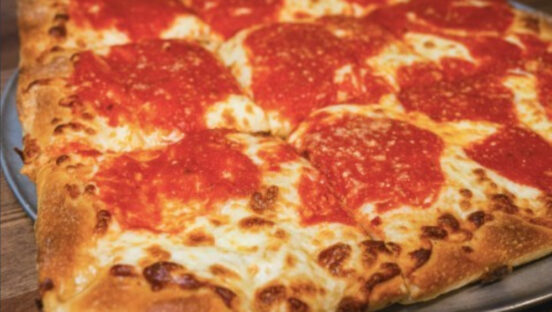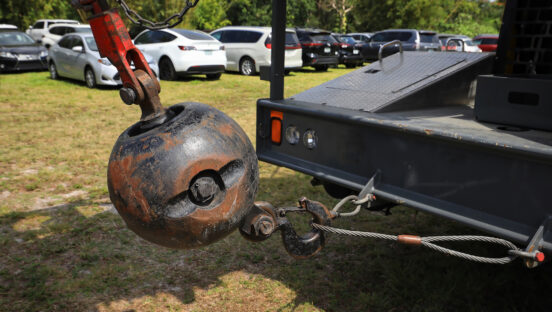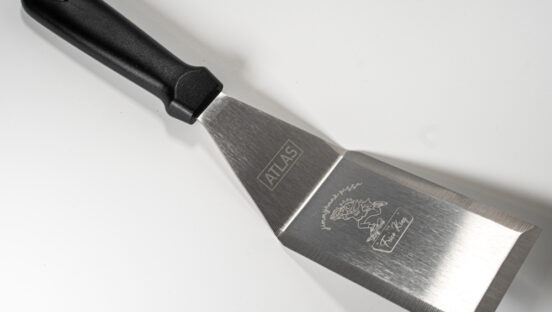- Long lines for carryout orders are a major pet peeve, even as customers feel less anxious about going into restaurants, according to Bluedot’s latest State of What Feeds Us report.
- More consumers prefer to place their orders through restaurant apps, more for the sake of convenience than to limit contact with other people, the report found.
- The report also notes that consumers plan to continue their current dining habits after the pandemic subsides.
Related: 2020 was a boom year for vegan pizza and lunch deals
Restaurant customers are a little less anxious about COVID-19 these days, but they’re also more likely to get impatient waiting in long lines to pick up their orders, according to a new report from Bluedot, a company specializing in location technology for mobile apps.
They’re also more interested in picking up their orders at the restaurant and ordering directly from restaurant apps rather than third-party platforms, the report notes. But many have been disappointed with the level of service they receive during curbside pick-up.
Bluedot released the third installment of its State of What Feeds Us report this week. Over the course of the pandemic, the report has tracked consumer behavior and its impact on restaurants. It offers insights into customer expectations to help restaurant brands navigate through what continues to be an uncertain consumer climate. The research, based on a survey of over 1,500 American consumers, was completed last month.
Bluedot Co-Founder and CEO Emil Davityan said the COVID-19 pandemic appears to be sparking permanent changes in restaurant customer behavior.
“One of the big questions looming over restaurant brands during the course of the health crisis is whether the shift in consumer restaurant habits, including the growth of off-premise, will continue long term,” Davityan said. “It’s clear now from the data that, while COVID-19 might have been the catalyst, the dramatic changes in consumer behavior are here to stay.”
“Restaurant customers are choosing a multi-channel approach to order pickup, including the drive-thru, curbside, carryout and delivery,” he added. “This means the operational logistics can no longer be a one-size-fits-all approach and brands must meet consumer demand with a personalized, flexible solution that adapts to individual preferences.”
Related: Pizza Factory aims to build new stores with smaller footprints
The report’s findings include:
- Restaurant customers are showing clear signs of pandemic fatigue. Concern for safety protocols, such as masks and gloves, softened among consumers. They also feel less anxious about entering restaurants. Sixty-nine percent still experience some level of anxiety, a decline from 80% from last April.
- Consumers are becoming more impatient. Consumers favored shorter wait times over safety protocols. Their willingness to wait for restaurant orders dropped dramatically to an average of six minutes across drive-thru, curbside and in-store pickup options from 10 minutes just six months ago. Slow speed of service looks like a dealbreaker for consumers, as 77% stated they will leave or consider leaving a restaurant if they see a long line.
- Curbside and in-store pickups are on the rise. 67% of consumers are picking up at curbside as often or more frequently now compared to 45% from last April. In-store pickups have also increased, with 67% picking up in-store as often or more frequently now compared to 55% last April. And 53% of those who had not tried pickup last April have started to utilize the service.
- However, the current curbside experience doesn’t always live up to expectations. Fifty-five percent said they expect to be automatically checked in via the restaurant’s app and for staff to be notified to bring items directly to their car, yet only 25% of respondents said they receive this level of service. Additionally, personalization is key when it comes to curbside. Thirty-three percent of the survey’s respondents ranked being ignored upon arrival as one of their top curbside turn-offs.
- Restaurant drive-thru visits dipped slightly last month, but remain strikingly high. A whopping 91 percent of customers visited a restaurant drive-thru in the last month. Drive-thru visits dipped slightly from the last report, with a decrease to 68% of those visiting as often or more frequently in January compared to 74% in August 2020. But drive-thru service remains vastly more popular now than at the beginning of the pandemic, with a 26% increase in consumers frequenting the drive-thru as regularly or more often since last April.
- Mobile real estate is competitive for restaurant apps. While the majority of consumers (85%) currently have at least one restaurant app on their phone, very few (17%) have more than five. However, 28% indicated they would be willing to have more than five restaurant apps on their phone. Forty-six percent of consumers said they typically keep a restaurant app for at least six months.
- Consumers are downloading more restaurant apps, and app usage has spiked. There continues to be a sharp uptick in mobile app usage since the start of the pandemic, with consumers downloading and using restaurant mobile apps more now than ever before. The vast majority of consumers (82%) said they have downloaded at least one new mobile app to purchase food or essentials. The data also revealed an increase of 134% among consumers who have downloaded three to five new apps and a 265% increase among those who have downloaded five or more new apps. The majority of consumers (68%) have one to five restaurant apps on their phone.
- Third-party delivery apps lag behind restaurant apps. Seventy-nine percent of consumers indicated they are ordering directly from restaurant apps more than once a month, while 36% said they never order from third-party apps. Also, while consumers previously used mobile apps to limit contact, they are now using them because they’re convenient. Ease of use increased 39 percent since last April, while limiting contact decreased 14 percent. Eighty-six percent of customers have ordered directly from a restaurant app in the last six months.
- Pandemic-era restaurant habits will outlast COVID-19. Eight in 10 consumers (78%) plan to continue their current dining habits even after the pandemic subsides.

